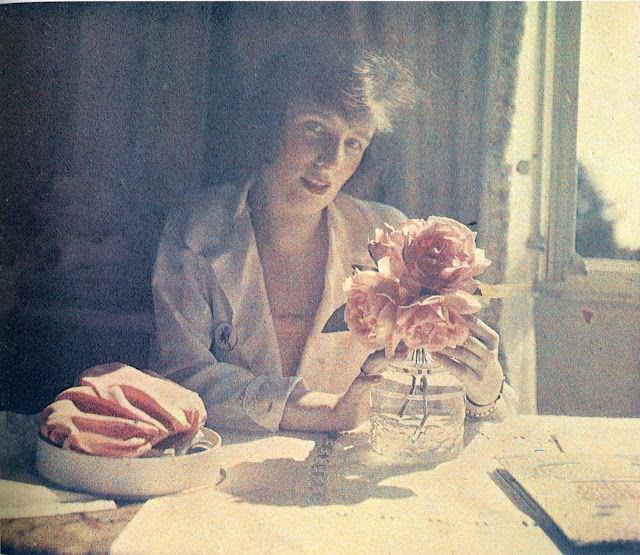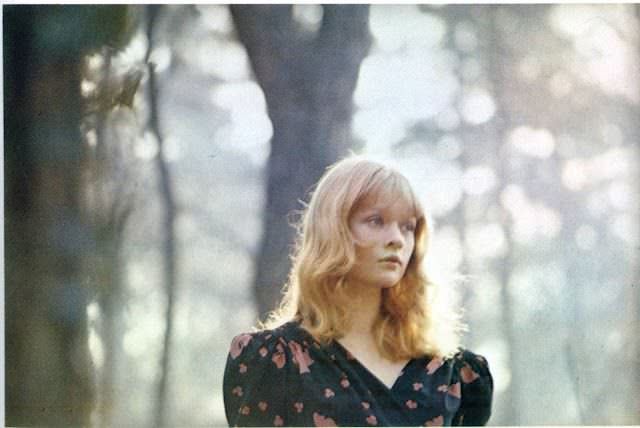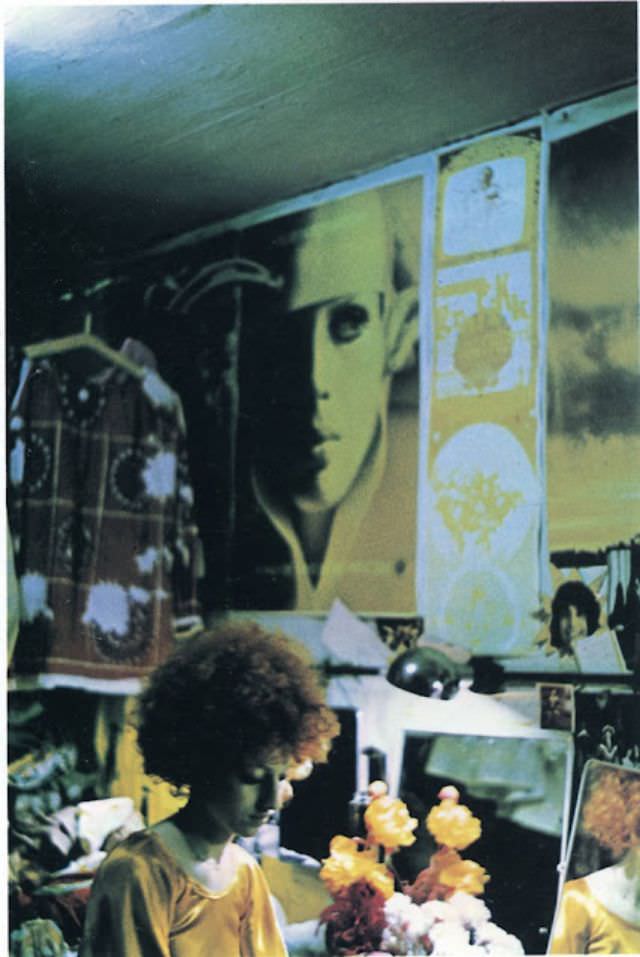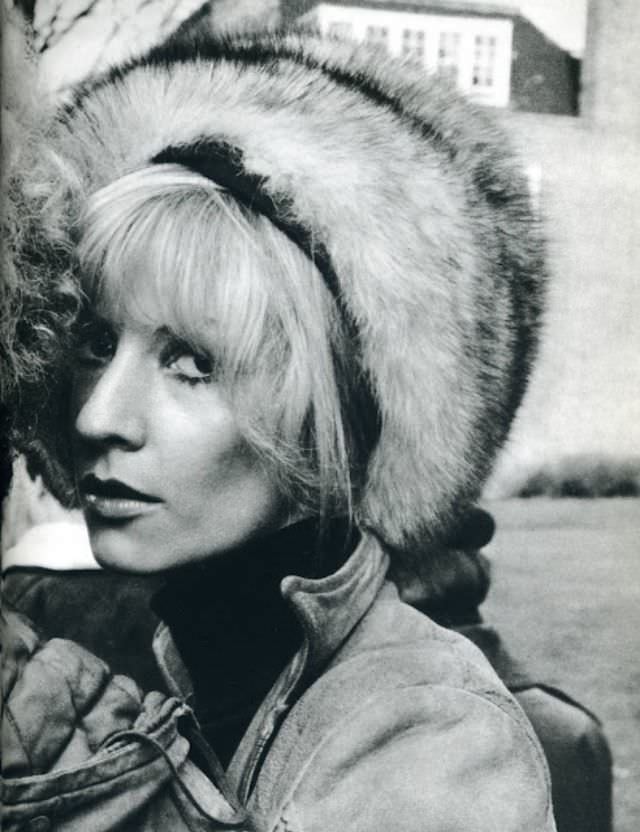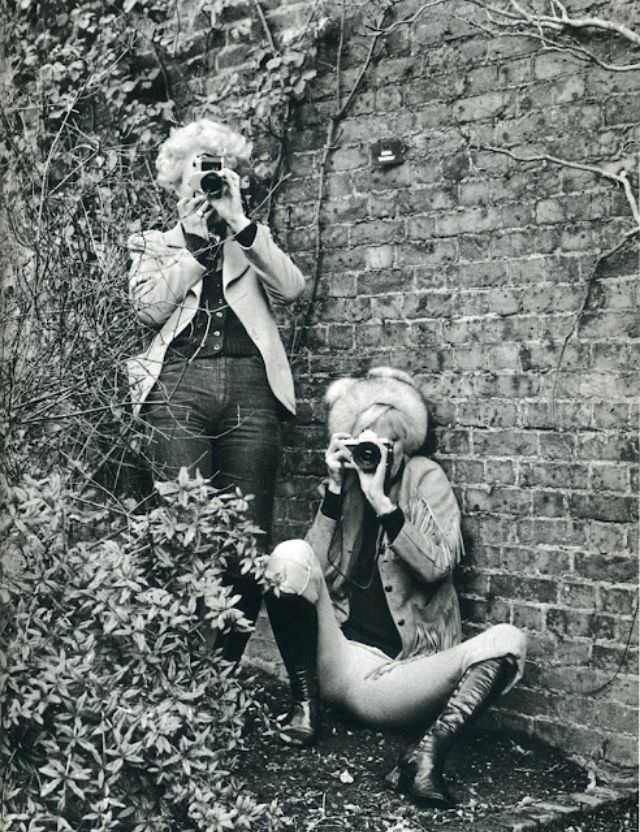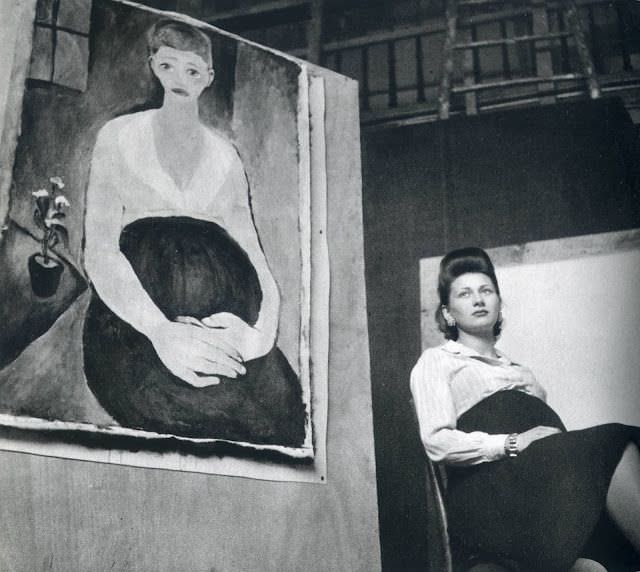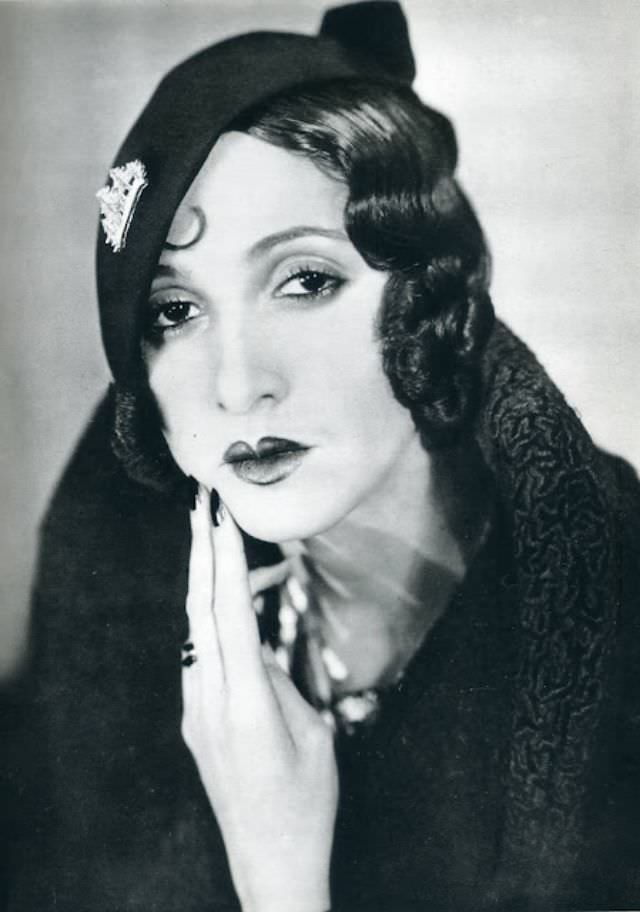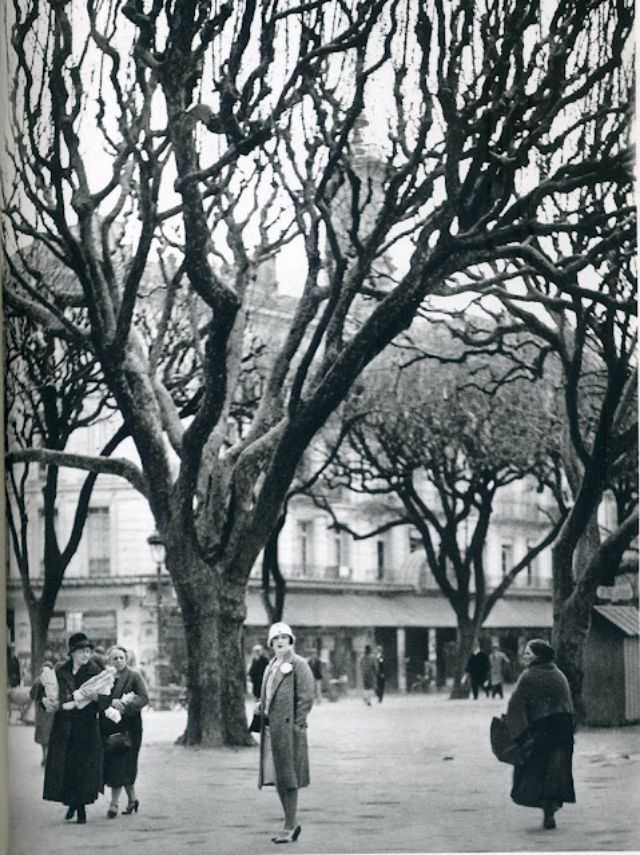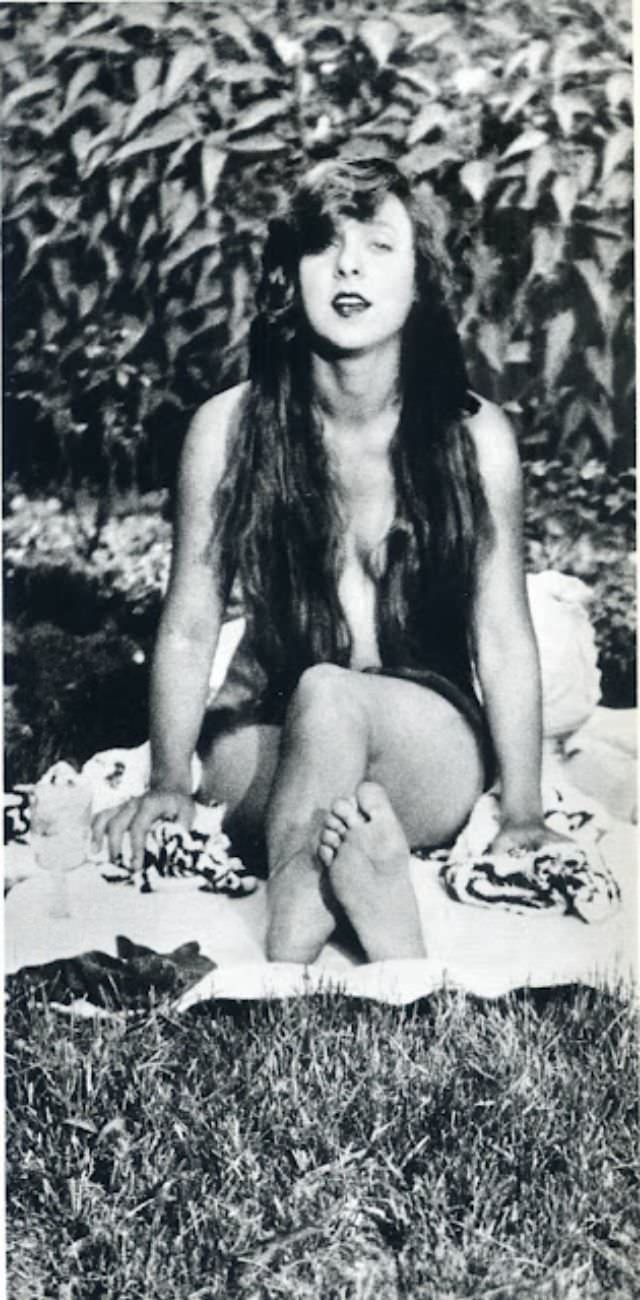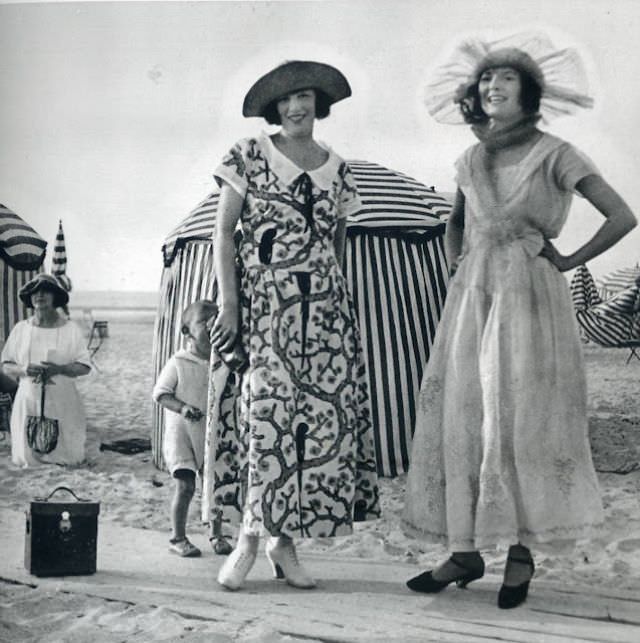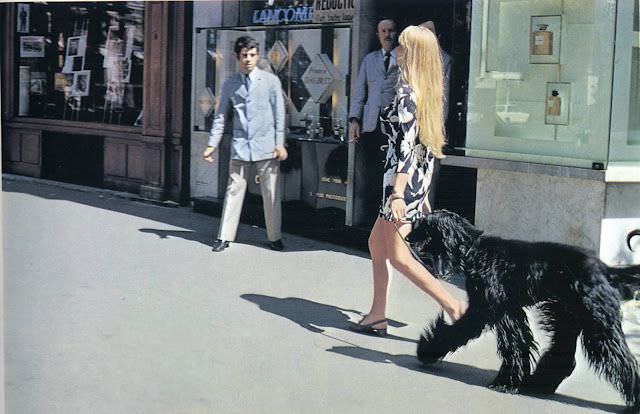In the early 20th century, the streets of Paris were a canvas for the timeless elegance of its fashionable women. And at the heart of this captivating scene was the talented French photographer, Jacques Henri Lartigue.
Lartigue was born in 1894 to a wealthy family in Courbevoie, just outside of Paris. From a young age, he had a passion for capturing the world around him, and his camera became his constant companion. As a child, he photographed his friends and family, documenting their lively activities, from racing soap box cars to building kites and gliders.
But it was Lartigue’s fascination with the stylish Parisian women that would become his most enduring legacy. He had an eye for capturing the essence of their grace and sophistication, whether they were strolling along the Champs-Élysées or attending the latest social event.
Lartigue’s portraits of these women are a testament to his skill as a photographer. He had a knack for finding the perfect moment, freezing it in time and preserving the beauty and charm of his subjects. His images are not just photographs; they are works of art that transport the viewer to a bygone era.
One of the most captivating aspects of Lartigue’s portraits is the way he was able to convey the personality and individuality of each woman he photographed. Whether it was the coy smile of a young socialite or the serene gaze of a seasoned fashionista, Lartigue’s lens seemed to capture the very essence of his subjects.
The women in Lartigue’s portraits were not just passive subjects; they were active participants in the creation of the image. They posed with a sense of confidence and self-assurance, aware of the power of their own beauty and style.








